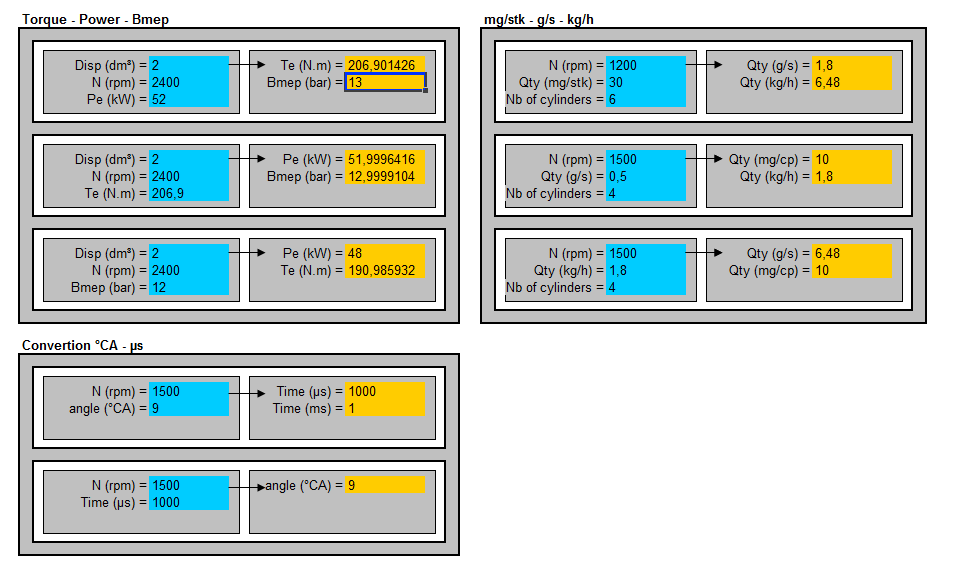Panasonic Corporation has developed a 12V Energy Recovery System for Stop and Start vehicles that uses nickel metal hydride (Ni-MH) batteries for automobiles. This system allows the energy generated during braking to be stored in the batteries and use the stored energy to power the vehicle’s electrical components, thus ensuring power availability even when the engine is not being used. In addition, as the system is designed to supply power to the drive assist motor as well, it helps improve the vehicle’s fuel economy.
The system supplies the recovered energy to the electrical components and assists engine
The 12V Energy Recovery System for Stop and Start vehicles converts deceleration energy into electrical energy so that it is able to reduce the need of power generation by the gasoline engine. This system is designed to complement the performance of main lead-acid battery by supplying power to the vehicle’s electrical components as well as the drive assist motor, thus increasing the functionality of Stop and Start systems and improving fuel economy. With this 12V Energy Recovery System, Panasonic aims to approximately double*2 the fuel economy improvement rate of existing Stop and Start systems.
*2 Comparison of fuel economy improvement rates between “gasoline-engine vehicles versus those with a conventional Stop and Start system” and “gasoline vehicle versus those with Panasonic’s 12V Energy Recovery System.” The actual fuel economy improvement effects will vary according to the vehicle type and the conditions of use.
[image_frame style=”framed_shadow” align=”center” alt=”Concept Diagram of 12V Energy Recovery System” title=”Concept Diagram of 12V Energy Recovery System”]https://www.car-engineer.com/wp-content/uploads/2013/02/Concept-Diagram-of-12V-Energy-Recovery-System.jpg[/image_frame]
Ni-MH batteries can be fitted to existing Stop and Start systems without the use of a transformer
The 12V Energy Recovery System, which is designed to be connected in parallel with the main lead-acid battery, has the same 12 V voltage as the main battery. Unlike some systems that require a transformer to regulate voltage, depending on the type of batteries used, Panasonic’s 12V system uses 10 1.2 V Ni-MH battery cells, eliminating the need for voltage transformation. This helps lower the system’s costs and use energy more efficiently.
The main lead-acid battery is often placed in the engine compartment. As the new energy recovery system can be installed in the same compartment, it is possible to reduce cable connection resistance and simplify wiring. To enable such a setup, Panasonic has developed battery cells that can endure high-temperatures in the engine room. Using technology acquired in developing HEV batteries, Panasonic has improved the battery design, such as the polar plates, electrolytic solution and other battery parts, to increase charging efficiency and improve durability in high temperature environments. As a result, the cell’s maximum charging/discharging temperature is significantly improved from 60°C to 75°C compared to existing cells. This ensures that the system can be installed in the engine compartment, and provides a high degree of design flexibility for the system’s installation.
Contribution to increased service life of the main lead-acid battery
Stop and Start systems depend on the main battery to power the air-conditioner and other electrical components of the vehicle when the vehicle is in Stop and Start mode with the engine off. And because the engine is repeatedly turned on and off, a large load is put constantly on the battery. When the 12V Energy Recovery System is connected in parallel with the lead-acid battery, the current flows preferentially to the Ni-MH battery with a smaller battery resistance, lessening the load on the lead-acid battery.
Tests conducted by Panasonic, using a 12V Energy Recovery System together with a lead-acid battery, have confirmed that the service-life of the main battery was extended by approximately six times*3 compared to when a lead battery was used alone.
*3 Results of charge/discharge life tests for Stop and Start conducted at 60°C aging conditions by Panasonic. A Panasonic lead-acid battery (Q-55) and 12V Energy Recovery System were used.
[image_frame style=”framed_shadow” align=”center” alt=”12V Energy Recovery System” title=”12V Energy Recovery System”]https://www.car-engineer.com/wp-content/uploads/2013/02/12V-Energy-Recovery-System.jpg[/image_frame]
Battery specification
Battery: 10 x D size Ni-MH battery cells
Voltage: 12 V
Capacity: 6 Ah





















